Forex trading, the exchange of currencies on the foreign exchange market, has gained immense popularity among both novice and experienced investors. Understanding this dynamic market entails learning the basics, familiarizing yourself with essential tools, and developing effective strategies. This article provides a comprehensive guide to help you navigate the world of Forex trading.
Understanding the Forex Market Basics
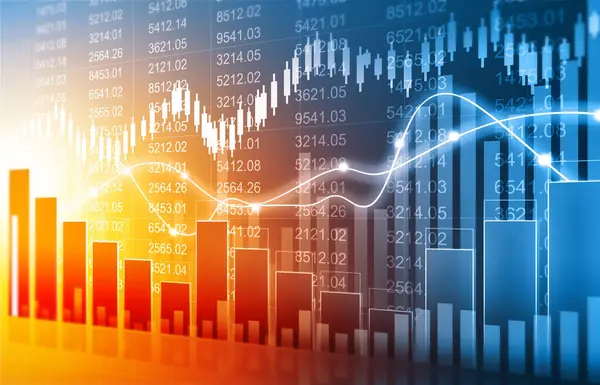
The Forex market, short for foreign exchange, is the largest and most liquid financial market globally, with a daily trading volume surpassing $6 trillion. Currencies are traded in pairs, with the most common pairs being the EUR/USD, GBP/USD, and USD/JPY.
Key Points:
- Currency Pairs: Forex trading involves buying one currency and selling another, forming a pair.
- Major, Minor, and Exotic Pairs: Major pairs involve the most traded currencies, minors consist of lesser-traded currencies excluding USD, and exotic pairs feature emerging market currencies.
- 24/5 Market: Open 24 hours a day, five days a week, providing flexibility to traders globally.
Key Forex Trading Terminologies Explained
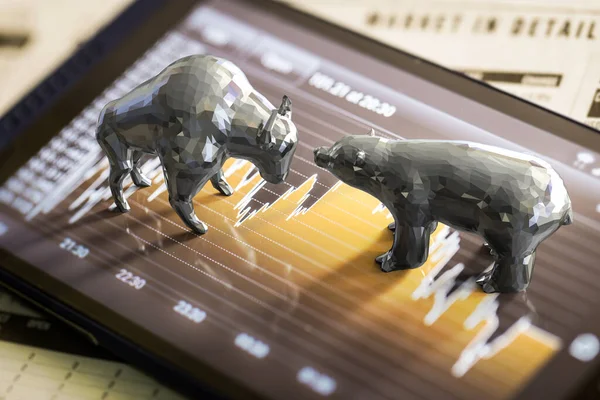
Understanding Forex trading terminologies is crucial for effective communication and strategy implementation. Here are some essential terms every trader should know:
- Pip: The smallest price move in a currency pair, usually 0.0001.
- Leverage: Allows traders to control a large position with a small amount of capital, increasing both potential profits and risks.
- Spread: The difference between the bid and ask price, which represents the broker’s profit.
- Lot Size: A standardized unit of measure for trades. A standard lot is 100,000 units of the base currency.
Essential Tools for Successful Forex Trading

Equipping yourself with the right tools is vital for effective Forex trading. These tools facilitate analysis, decision-making, and transaction execution.
Must-Have Tools:
- Trading Platform: MetaTrader 4 (MT4), MetaTrader 5 (MT5), and cTrader are popular platforms offering user-friendly interfaces and analytical tools.
- Economic Calendar: Tracks significant global economic events and announcements that can impact currency values.
- Technical Analysis Tools: Indicators and charting tools that aid in analyzing price movements and identifying trends.
Comparative Table: Trading Platforms
| Feature | MetaTrader 4 (MT4) | MetaTrader 5 (MT5) | cTrader |
|---|---|---|---|
| User Interface | Simple and Intuitive | Advanced, Rich UI | Modern, Clean |
| Technical Indicators | 30+ | 80+ | 60+ |
| Automated Trading | Expert Advisors | Expert Advisors | cBots |
| Market Depth | No | Yes | Yes |
Developing a Robust Forex Trading Strategy
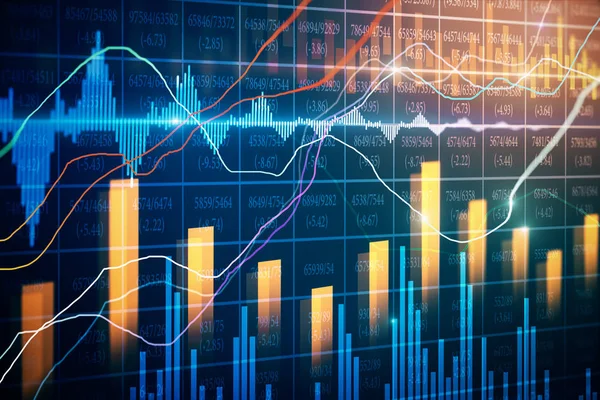
A solid trading strategy is the cornerstone of successful Forex trading. It helps mitigate risks and maximize potential returns.
Steps to Develop a Trading Strategy:
- Define Goals: Identify your risk tolerance, investment goals, and preferred trading style (scalping, day trading, or swing trading).
- Analyze the Market: Use technical and fundamental analysis to understand market conditions and potential entry/exit points.
- Set Entry and Exit Rules: Clearly outline criteria for entering and exiting trades based on market signals and indicators.
- Backtest Your Strategy: Test your strategy on historical data to evaluate its effectiveness before applying it in real-time.
Risk Management Tactics for Forex Traders

Effective risk management is essential for preserving capital and ensuring long-term success in Forex trading.
Risk Management Tips:
- Use Stop-Loss Orders: Automatically close positions at a predetermined loss level to prevent excessive losses.
- Limit Leverage: Exercise caution when using leverage, as it can amplify both gains and losses.
- Diversify Portfolio: Spread investments across different currency pairs to minimize risk exposure.
Analyzing Forex Market Trends and Signals
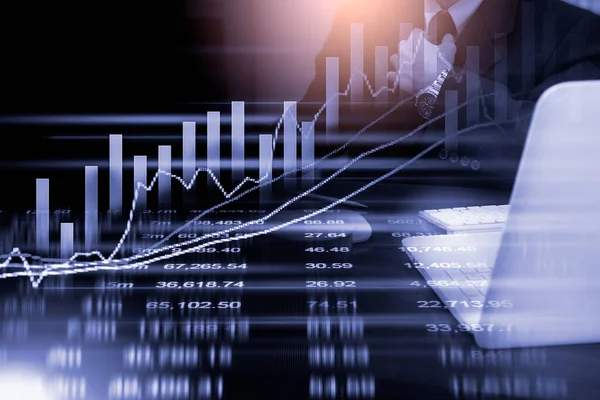
Analyzing Forex market trends and signals involves using a combination of technical and fundamental analysis to forecast future price movements.
Techniques for Market Analysis:
- Technical Analysis: Focuses on historical price data and patterns to predict future movements. Common tools include moving averages, RSI, and MACD.
- Fundamental Analysis: Examines economic indicators, interest rates, and geopolitical events to assess currency value.
- Sentiment Analysis: Gauges market sentiment and trader behavior to identify potential market shifts.
Practical Tip:
Combine technical, fundamental, and sentiment analysis to form a comprehensive view of the market, enhancing decision-making accuracy.
In conclusion, learning how to trade Forex involves understanding the market, familiarizing yourself with key terminologies, utilizing essential tools, developing a robust trading strategy, managing risks effectively, and analyzing market trends. By mastering these components, traders can enhance their skills and improve their chances of success in the Forex market.


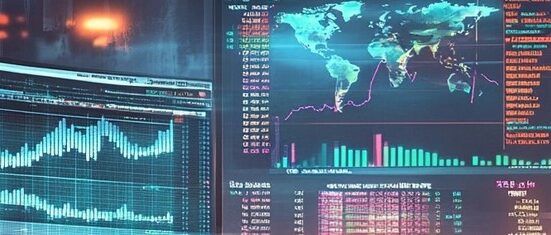






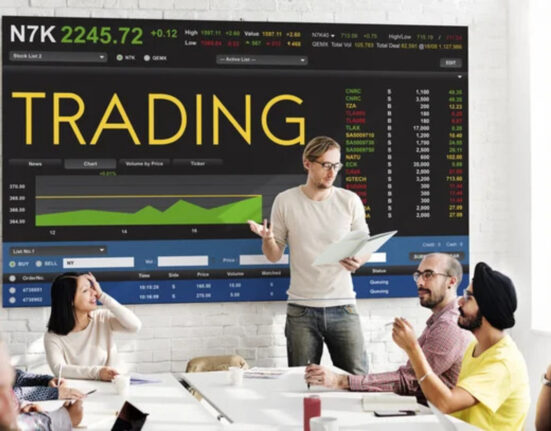


Leave feedback about this